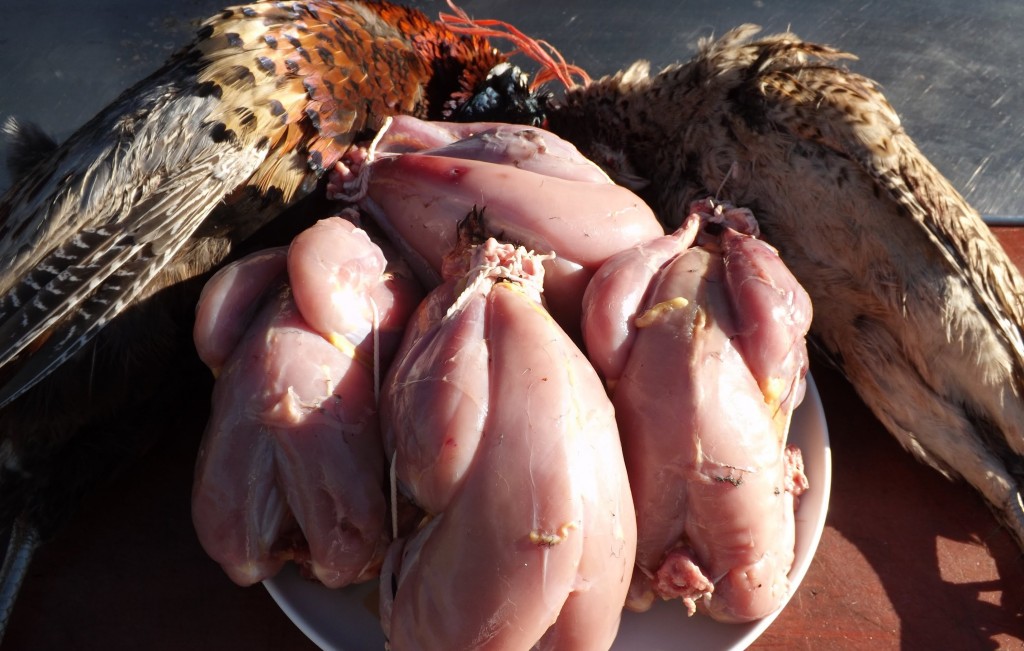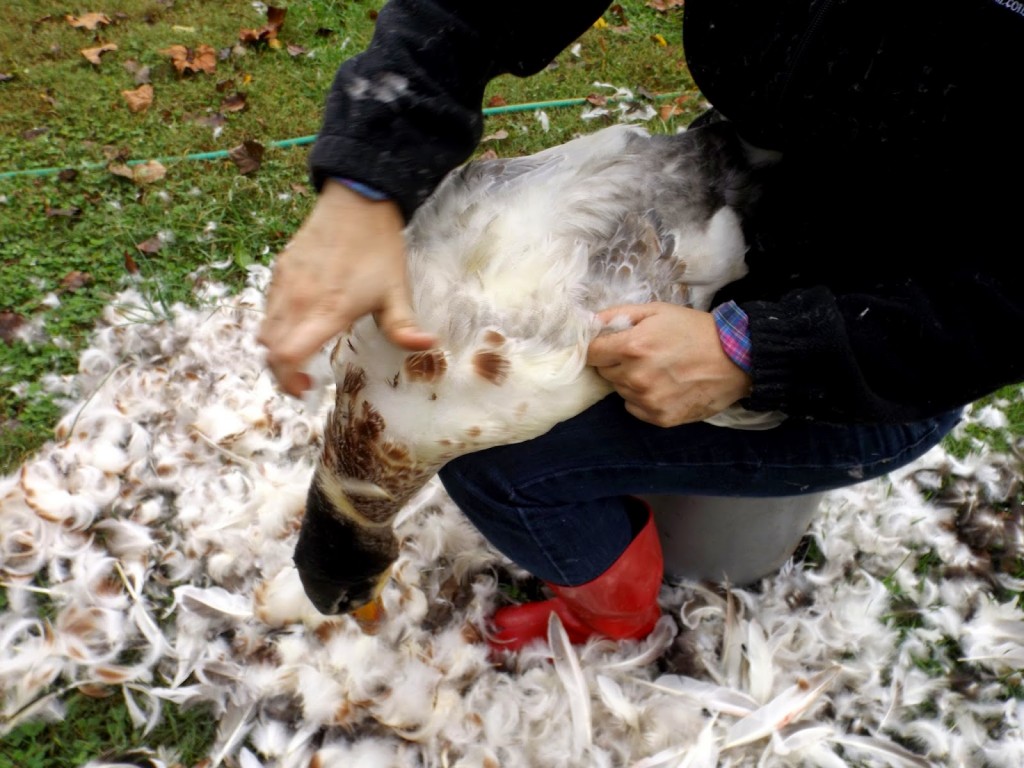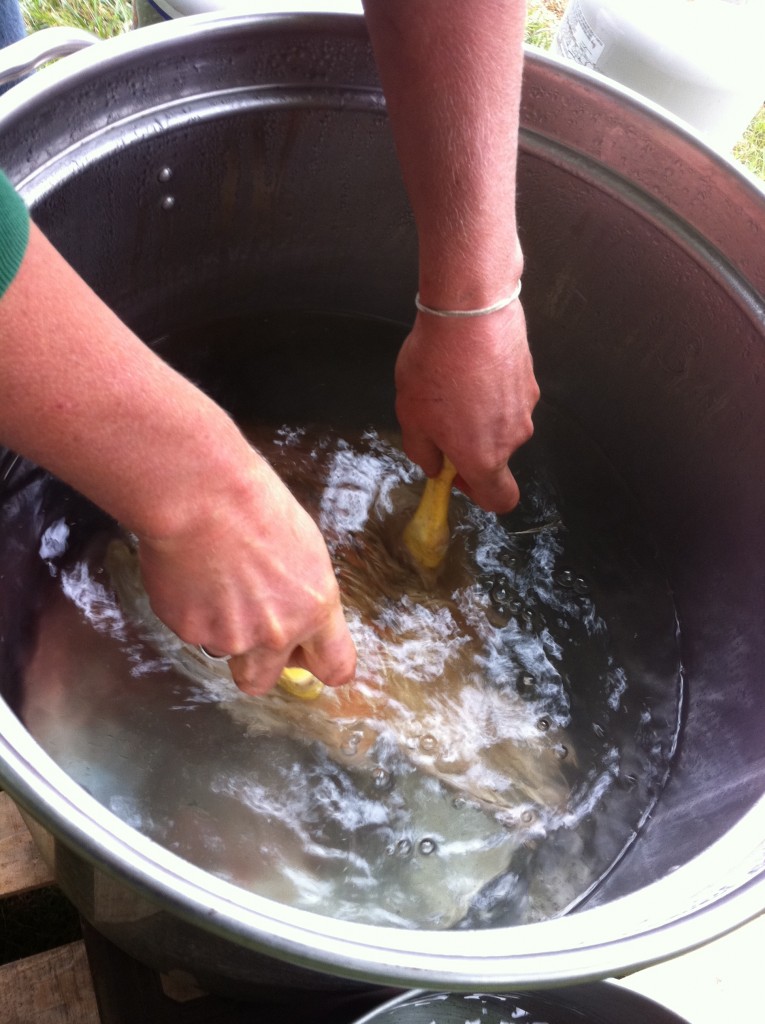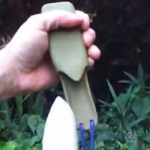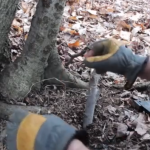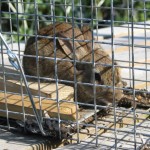How to Efficiently Pluck Game Fowl for Dinner
Hunting and killing popular game foul is the easy part when compared to the struggles that many people have with preparing their kill for dinner. However, plucking a bird is not as difficult as it seems, and you can clean an entire bird in just a few minutes if you use the right techniques. Let’s take a look at a couple of things that you can do to speed up the process and get the food on the table.
Skin or no Skin
The first decision that you need to make is whether or not you want to keep the skin or rip it off along with the feathers. While skinning the bird is the easiest and most efficient way to prepare a bird for cooking, it also is one of the most unpopular methods to use. Most people prefer to eat a bird that still has the skin attached. It adds flavor, prevents charring of the meat, and the skin also helps to retain moisture. However, the skin, especially on a dead bird, tends to lock feathers in place. If you are not careful, it is very easy to tear the skin as the feathers are removed.
Wet or Dry Plucking
There are two schools of thought out there with respect to plucking: You can soak the bird in water to soften the feathers or you can simply yank them straight out of a cold, dead bird. The dry method works pretty well for birds such as pigeon, dove and quail, because their feathers are generally shorter and easier to remove.
To remove feathers using dry plucking, you will need to remove them carefully, one by one. This involves some time, practice and a good deal of patience. Some people shear away the feathers until they are just an inch or so above the skin. You can then pull the ends with your fingers or use a pair of pliers. Remember that the idea is not to simply yank them out, rather to use some finesse along with a rocking or circular motion in order to jiggle them loose.
Wet plucking involves soaking the dead bird in hot water to soften the skin and make plucking easier. This is an important technique to use when dealing with larger game such as turkey, pheasant or peacock. Ducks, geese and grouse are also arguably easier to pluck if they are wet as well.
Simply take a large pot, fill it with water, bring it to a boil and add a couple of squirts of dish detergent. The detergent helps the water to soak through the feathers and loosen the surrounding skin.
Dunk the bird into the hot, soapy water for a few seconds, and try to swish it backwards in the pot. This will help to force water deeper into the base of the feathers. Quickly remove the bird from the heat and get to work. The feathers will be more difficult to remove as the bird cools. You can always re-dunk the bird, but make sure that it is only exposed to the hot water for a brief amount of time.
Accidents Happen
If you end up tearing the skin, try to isolate the problem by carefully cutting away the damaged skin and feathers. This will help you to still be able to remove nearby feathers without pulling on the tear and making it larger. However, you will need to be very careful until you work your way farther from the affected area.
If the skin becomes damaged to the point where it is easier to remove altogether, all you need to do is pull it off from the meat. You may need to do it in segments as you cut around the wings, legs and contours of the bird.
In both cases, make sure that you wash your hands as well as the bird prior to cooking in order to minimize the spread of disease or contaminants.
Plucking may seem tedious at first, but it gets easier and faster with experience. Practice makes perfect, so take some time to try both methods in order to find the one that works best for you.


